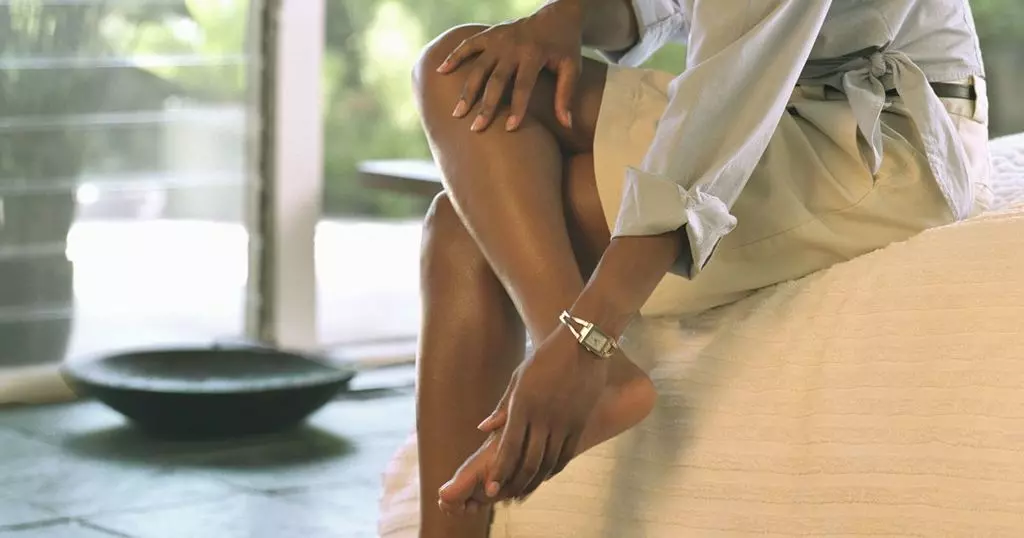Bunions are bony bumps that form on the joint at the base of the big toe, often causing discomfort and affecting mobility. They develop when the big toe pushes against the next toe, forcing the joint of the big toe to get bigger and stick out. This can lead to swelling, soreness, and sometimes difficulty in finding comfortable footwear.
What Are Bunions?
Bunions, medically known as hallux valgus, typically develop slowly over time due to prolonged pressure on the joint. They are more common in women and can be exacerbated by wearing tight shoes or high heels. Symptoms include a visible bump at the base of the big toe, pain or soreness, redness, and swelling around the joint, and difficulty moving the toe.
Symptoms Of Bunions
The symptoms of bunions can vary from mild to severe, depending on the size of the bunion and the degree of misalignment in the toe joint. Common symptoms include pain or soreness around the joint, especially when wearing shoes or walking, inflammation and redness over the bunion, and corns or calluses developing where the first and second toes overlap.
Understanding Bunion Removal
Bunion removal is a procedure aimed at correcting Liverpool bunion removal the misalignment of the big toe joint and relieving associated symptoms. It may involve non-surgical methods to alleviate discomfort or surgical intervention to correct the deformity.
Overview Of Surgical And Non-Surgical Treatments
Treatment for bunions depends on the severity of symptoms and the degree of deformity. Non-surgical options include lifestyle modifications, such as wearing wider shoes or using padding to cushion the bunion, and orthotic devices that help redistribute pressure away from the affected joint.
Importance Of Consulting A Podiatrist
Consulting with a podiatrist or orthopedic surgeon is crucial for proper diagnosis and treatment planning. They can assess the bunion’s severity, recommend appropriate treatment options, and discuss potential risks and benefits associated with each approach.
Non-Surgical Treatment Options
Non-surgical treatments are typically recommended initially to alleviate symptoms and slow the progression of bunions. These methods focus on reducing pressure on the affected joint and improving foot mechanics.
Lifestyle Changes And Home Remedies
Making simple lifestyle changes can significantly reduce bunion discomfort. This includes wearing shoes with a wide toe box to accommodate the bunion, avoiding high heels and tight-fitting shoes, applying ice packs to reduce inflammation, and elevating the foot when resting.
Orthotic Devices And Footwear Modifications
Orthotic devices, such as shoe inserts or custom-made orthotics, can help support the foot’s arch and redistribute pressure away from the bunion. They are designed to improve foot alignment and reduce pain associated with bunions. Additionally, modifying footwear to ensure proper fit and support can prevent worsening of the bunion and alleviate discomfort.
Conclusion:
Understanding your options for bunion removal in Liverpool is crucial for finding relief from discomfort and improving your quality of life. Whether you opt for non-surgical methods or require surgical intervention, consulting with a qualified podiatrist or orthopedic surgeon is the first step towards effective treatment. Remember to prioritize foot health with proper care and follow-up visits to ensure long-term success in managing bunions. With the right approach, you can take confident steps towards a pain-free future.



